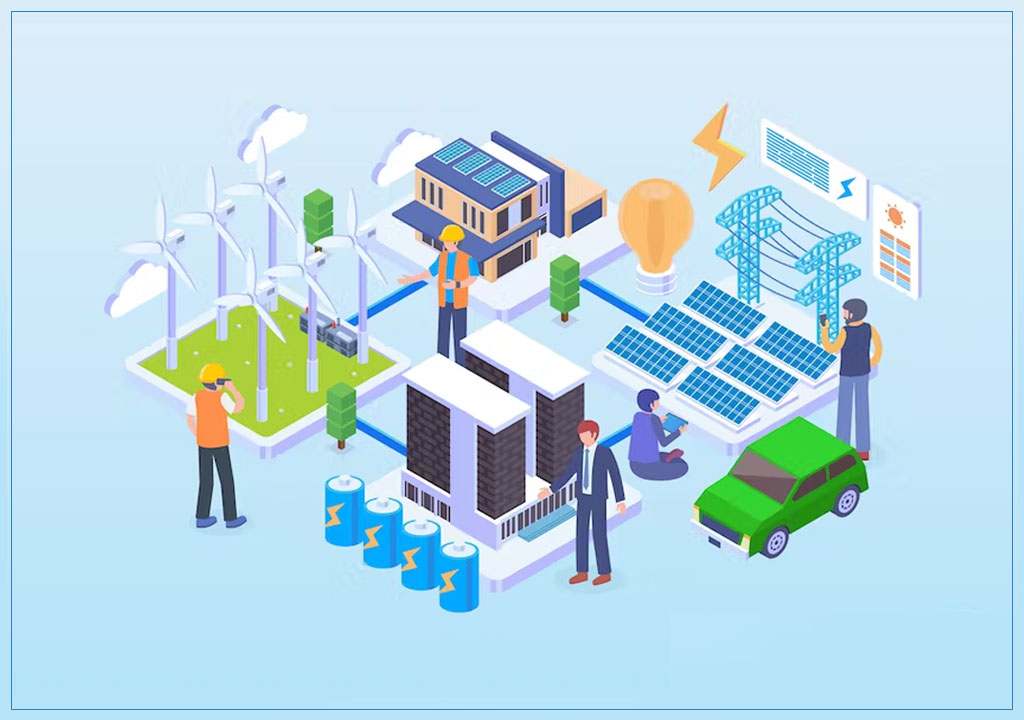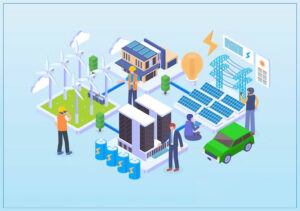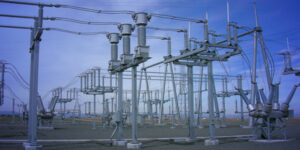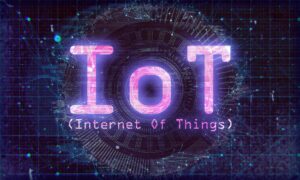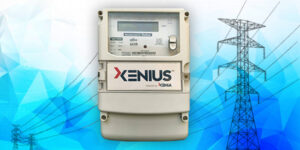Smart grids are electrical systems that track and monitor energy flow from one location to another
Smart grid enables the utility to charge customers based on their consumption. The utility can charge more during peak hours and less during non-peak hours
Power cuts, fluctuations and energy waste—India’s power woes may have a singular solution for the future, pivoted on the implementation of smart grids. Digitisation and use of smart meters to track and monitor energy flow, along with an IoT-backed infrastructure that would benefit both consumers and stakeholders will add to a sustainable energy setup, which is the need of the hour.
What is a smart grid?
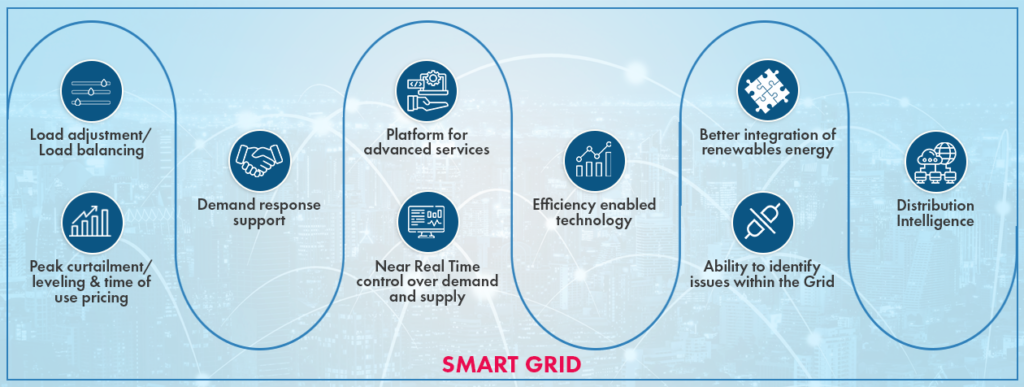
A smart grid is one that allows for two-way communication or power transmission between consumers and distribution companies (DISCOMS). Smart Grid is a future technology that must be integrated into India’s power infrastructure to ensure sustainability.
Impact of energy loss
Energy waste costs the power industry millions of dollars each year. A significant amount of energy is lost in the transmission of power from one location to another. Due to faults, the power sector also experiences significant downtime. These faults can occur as a result of normal wire wear and tear, as well as rain and thunderstorms.
Power woes in India
India’s power problems are primarily caused by an imbalance in demand and supply, as well as frequent power fluctuations that damage electric equipment and devices. Many regions of the country face load-shedding issues as a result of an imbalance in power availability in those areas.
Tech behind smart grids
Smart grids have emerged as a result of advancements in the Internet of Things (IoT) and Artificial Intelligence (AI). Smart Grids are electrical systems that track and monitor energy flow from one location to another. It can track both the power generated and the power consumed.
Self-healing grids
Through smart meters, the smart grid enables real-time interaction between consumers and DISCOMS. During peak hours, excess power generation in one region can be supplied to another. Smart Grids improve transmission efficiency, resulting in significant cost savings. In contrast to traditional grids, which require manual restoration, smart grids can heal themselves. They are completely digital and extremely fast in comparison to the traditional electromechanical grid, which is extremely slow.
Advantages of smart tech
Smart grid enables the utility to charge customers based on their consumption. The utility can charge more during peak hours and less during non-peak hours. This smart IoT system allows for simple and effective implementation. Consumers and stakeholders can view the current status of each zone and feeder on a dashboard or via a mobile app in real time.
Government initiatives
The Government established the National Smart Grid Mission (NSGM) in 2015 under the Ministry of Power (MoP) to plan, monitor, and implement smart grid policies and programmes. The National Smart Grid Mission’s main goal is to implement a smart electrical grid based on cutting-edge technology in the fields of IoT, AI and IT (Information Technology) to monitor and control the flow of electricity from generation to consumption.


